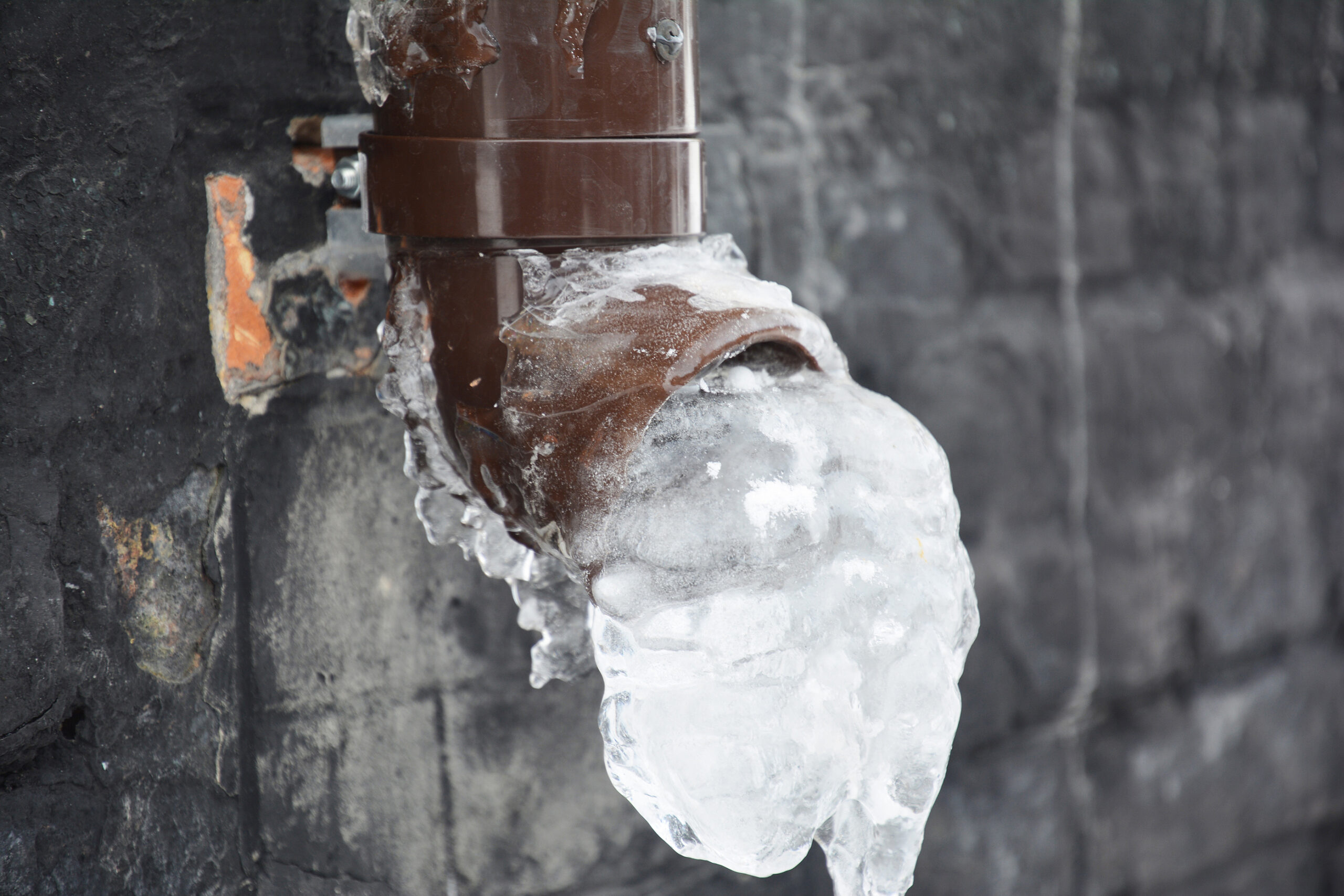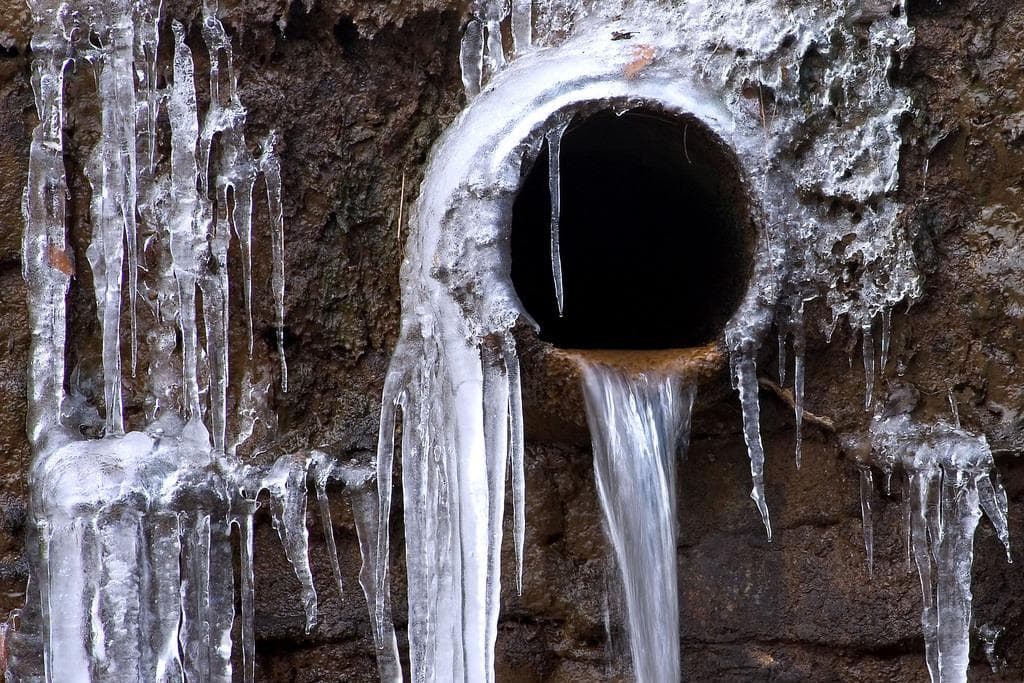Essential Advice to Avoid Frozen Pipes in Winter
Essential Advice to Avoid Frozen Pipes in Winter
Blog Article
Were you in search of facts around How To Avoid Freezing Pipes?

Winter can wreak havoc on your pipes, specifically by freezing pipes. Below's exactly how to prevent it from taking place and what to do if it does.
Intro
As temperatures decline, the risk of icy pipelines increases, possibly resulting in pricey repair services and water damages. Comprehending just how to avoid icy pipes is important for house owners in cool environments.
Prevention Tips
Insulating at risk pipes
Cover pipes in insulation sleeves or make use of warmth tape to safeguard them from freezing temperature levels. Focus on pipes in unheated or exterior locations of the home.
Heating methods
Maintain interior areas properly warmed, especially areas with pipes. Open up closet doors to allow warm air to distribute around pipelines under sinks.
Just how to recognize icy pipes
Seek lowered water circulation from taps, uncommon smells or sounds from pipelines, and noticeable frost on revealed pipelines.
Long-Term Solutions
Architectural modifications
Consider rerouting pipes far from outside wall surfaces or unheated areas. Add extra insulation to attic rooms, cellars, and crawl spaces.
Upgrading insulation
Purchase top notch insulation for pipelines, attics, and wall surfaces. Proper insulation aids preserve consistent temperature levels and reduces the threat of frozen pipes.
Securing Outdoor Pipes
Yard hose pipes and exterior faucets
Detach and drain pipes yard hose pipes prior to winter. Set up frost-proof spigots or cover outside taps with shielded caps.
Understanding Frozen Pipelines
What creates pipelines to freeze?
Pipes freeze when subjected to temperatures listed below 32 ° F (0 ° C) for extended durations. As water inside the pipelines freezes, it broadens, putting pressure on the pipeline walls and possibly creating them to burst.
Dangers and problems
Icy pipes can bring about water supply interruptions, building damages, and pricey repairs. Burst pipelines can flooding homes and trigger substantial architectural damage.
Signs of Frozen Pipes
Recognizing icy pipes early can prevent them from breaking.
What to Do If Your Pipelines Freeze
Immediate actions to take
If you suspect icy pipelines, keep faucets open up to eliminate pressure as the ice thaws. Utilize a hairdryer or towels taken in hot water to thaw pipelines slowly.
Verdict
Preventing icy pipes needs aggressive procedures and quick actions. By recognizing the causes, indicators, and preventive measures, house owners can shield their pipes throughout cold weather.
5 Ways to Prevent Frozen Pipes
Drain Outdoor Faucets and Disconnect Hoses
First, close the shut-off valve that controls the flow of water in the pipe to your outdoor faucet. Then, head outside to disconnect and drain your hose and open the outdoor faucet to allow the water to completely drain out of the line. Turn off the faucet when done. Finally, head back to the shut-off valve and drain the remaining water inside the pipe into a bucket or container. Additionally, if you have a home irrigation system, you should consider hiring an expert to clear the system of water each year.
Insulate Pipes
One of the best and most cost-effective methods for preventing frozen water pipes is to wrap your pipes with insulation. This is especially important for areas in your home that aren’t exposed to heat, such as an attic. We suggest using foam sleeves, which can typically be found at your local hardware store.
Keep Heat Running at 65
Your pipes are located inside your walls, and the temperature there is much colder than the rest of the house. To prevent your pipes from freezing, The Insurance Information Institute suggests that you keep your home heated to at least 65 degrees, even when traveling. You may want to invest in smart devices that can keep an eye on the temperature in your home while you’re away.
Leave Water Dripping
Moving water — even a small trickle — can prevent ice from forming inside your pipes. When freezing temps are imminent, start a drip of water from all faucets that serve exposed pipes. Leaving a few faucets running will also help relieve pressure inside the pipes and help prevent a rupture if the water inside freezes.
Open Cupboard Doors
Warm your kitchen and bathroom pipes by opening cupboards and vanities. You should also leave your interior doors ajar to help warm air circulate evenly throughout your home.

I ran across that entry about How To Avoid Freezing Pipes when doing a lookup on the search engines. You should take a moment to share this blog entry if you liked it. Many thanks for being here. Come back soon.
Click Here Report this page